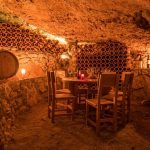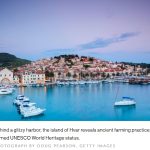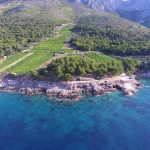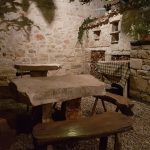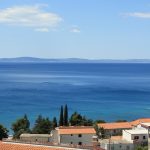Voting begins on January 18, 2018 for the 2018 Best Destination in Europe on the European Best Destinations website, and Croatia has an extremely strong candidate this year, the island of Hvar, the Croatian island which has it all. In the first of a 22-part daily series which will take us to the final day of Voting next month, a look at various aspects of Croatia’s premier island that make it so special. We begin with wine.
Of all the things I discovered during my thirteen years of full-time living on Hvar, none has fascinated me as much as its wine story, a story which continues to amaze each month, on so many levels.
It probably says more about me than anything that I actually didn’t realise Hvar as a quality wine island for the first 6 years of my life there, even though I am a former wine merchant. The cheap local house wine served at the restaurants I frequented was not of particularly good quality, and I tended to stick to beer. It was only when I started researching the first edition of my guidebook, Hvar: An Insider’s Guide
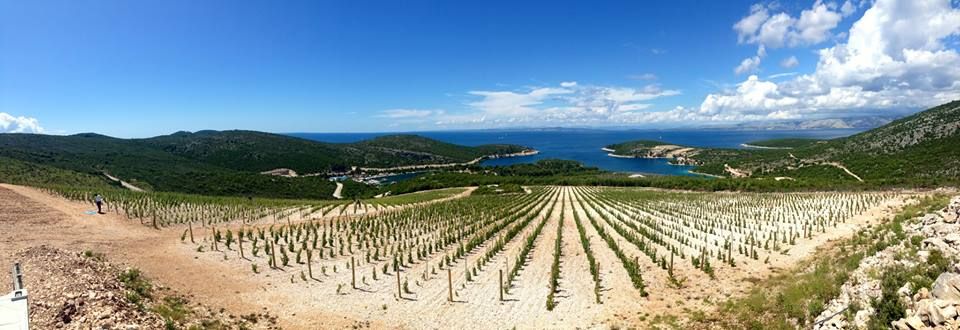
What to say? The Hvar wine story is FASCINATING.
Many people will tell you that Hvar’s wine heritage dates back to the arrival of the Ancient Greeks in 384 BC, who established a settlement called Faros (modern-day Stari Grad) and started cultivating grapes and olives on a large piece of fertile land. Little has changed in the intervening years, and grapes and olives are still cultivated on what is known today as UNESCO World Heritage Site, the Stari Grad Plain.
In 2004, an expedition left Stari Grad for the island of Paros, the Greek island from where those early settlers hailed. Sailing in a traditional wooden boat, on board was legendary Hvar winemaker Andro Tomic and some olive trees and vines from the UNESCO site – they were being taken back to their ancestral home. The trip is available on YouTube, the first is below.
Get to know more about the wine labels of modern Hvar, however, and you will find clues that there was human habitation on Hvar considerably earlier than the Greek island. Among the outstanding and eclectic collection of leading Croatian boutique winemaker, Ivo Dubokovic from Jelsa, is a label called Prije 6009 Godine (6009 Years Ago), a very meaty Plavac Mali, the pride of Dalmatian grape varieties.
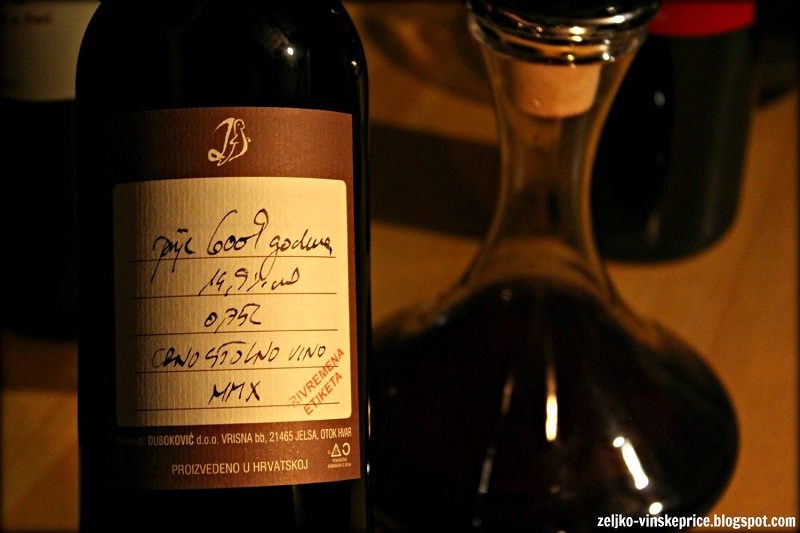
More stunning secrets of Hvar:
Taking into account the special characteristics of some of the drawings and subjects, and comparing them with archeological facts we know, we can conclude that there was fairly intense communication between various regions of the world at the time, this can be substantiated by findings on the islands and on both shores of the Adriatic especially in the late Neolithic period. We also know that a certain level of knowledge about astronomy, astrological navigation and calendars existed.
In this context the drawing of a ship on a ceramic pot from the Grabak cave (Grapčeva spilja) on Hvar is important. It is the earliest ship to be pictured in European civilization.
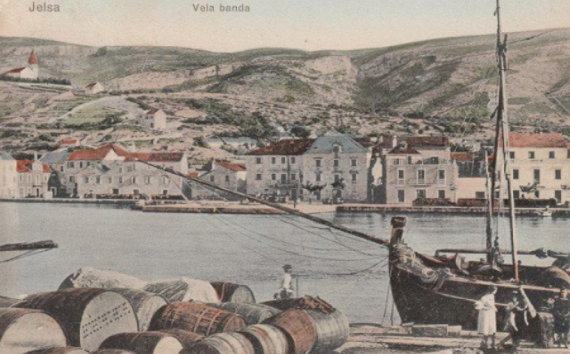
From those Greek beginnings, Hvar wine has had a very diverse history. It was at its height in the 19th century, when some 5,700 hectares of vines were under cultivation, compared to just 280 today. Jelsa’s pretty harbour was filled with boats taking Hvar’s wines to several destinations in Europe.
Sadly two things happened to change things and they explain why just today’s vineyards comprise just 5% of the 19th-century heydey. A punitive tax on Dalmatian wines from the Austro-Hungarian Empire rendered Hvar wines uncompetitive in the international market, and the arrival of phylloxera devastated the island’s vineyards.
https://www.youtube.com/watch?v=_JcwIya_nPI
You can still visit some interesting heritage from those times, such as the oldest Plavac Mali vineyard in the world near Dol (see above), which survived to its sandier soil, and the small church above in Ivan Dolac which was built to protect the vineyards from the destructive disease. Mass emigration followed from Dalmatia, including the family of the future Sir George Fistonich from the eastern Hvar village of Zastrazisce to New Zealand, where he is one of the country’s most prominent winemakers. Learn more about him on our Total Croatia Wine site.
Socialism brought wine cooperatives, and the two main players were PZ Svirce and Dalmacijavino. PZ continues today, going from strength to strength. It produced the first certified organic Plavac Mali in Croatia, and its flagship Ivan Dolac Barrique is a regular organic gold medal winner at Biofach Mundi in Germany.
The modern era brought a new wave of small, private winemakers on the island, and this is where things got really interesting. The first star was Antun Plancic from Vrbanj, whose indigenous Bogdanusa white stunned the Yugoslav wine world in Belgrade in 1986 – the era of the private winemaker had arrived. Plancic expanded rapidly and is responsible for the largest vineyard on a Mediterranean island, an astonishing 4.7 km long on the ridge of eastern Hvar near Poljica. He was followed by others; Ivo Dubokovic, mentioned above, Ivo Caric, who has one wine served in a 3-star Michelin restaurant in Holland, Andro Tomic, the charismatic French-educated winemaker from Jelsa, famed for (among other things) the best Prosek dessert wine in Dalmatia; Zlatan Otok from Sveta Nedjelja, whose wines are exported as far away as China, and whose Zlatan Otok Grand Cru is regarded as one of Croatia’s finest wines. As we announced last week, you can now order Tomic wine for delivery in the United States. Other excellent winemakers include Vujnovic from Sucuraj, Bracanovic from Hvar Town (check out Konoba Luviji) and Teo Huljic in Jelsa, whose fabulous slow food experience with his excellent range of wines is an experience not to be missed – never had a three-island burger (Brac lamb, Hvar boar and Pag cheese?)
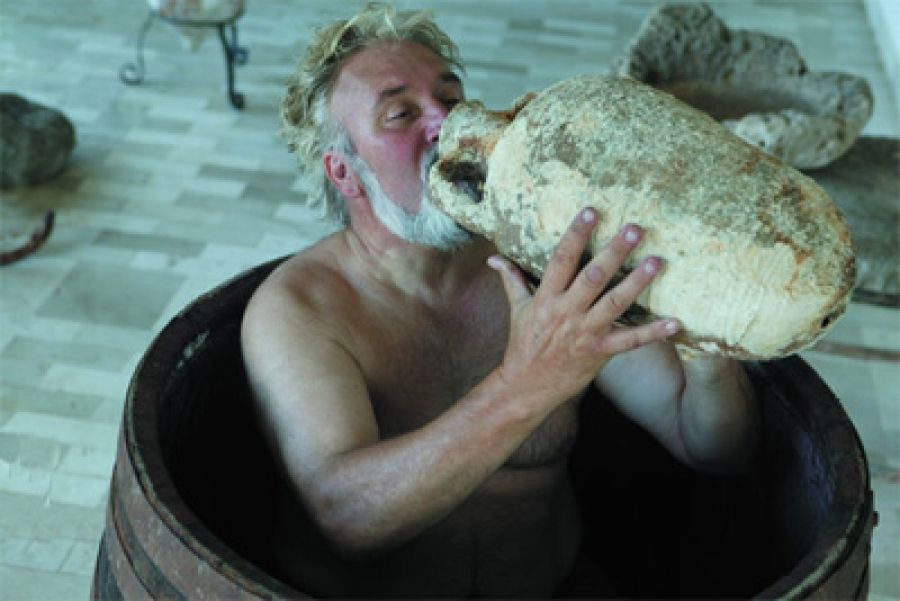
A really rich and fascinating group of winemakers, all doing their individual things with the very diverse Hvar terroir. And then along comes…
The first Master of Wine ever to make wine in Croatia. Jo Ahearne MW has been living on Hvar since 2014, making excellent wines from local varieties, and she is enjoying considerable success, with her Wild Skins named as one of the top 10 wines of 2017 in Croatia recently. You can book your tasting experience with Jo via her Ahearne Vino Facebook page.
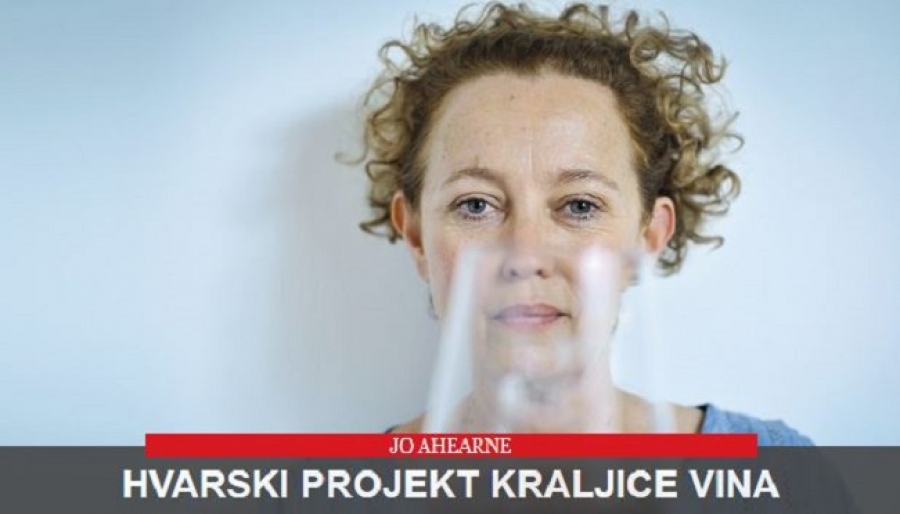
Ah, those local grape varieties. Hvar has no less than FIVE indigenous varieties, which only grown on Hvar and nowhere else – Bogdanusa (which translates literally as a ‘Gift from God’), Darnekusa, Prc, Mekuja and Kurtelaska – add wider planted Dalmatian favourites, such as Plavac Mali and Posip and you have quite a selection, ever before you start mixing with international varieties, such as the powerful Tomic Caplar, a blend of Plavac Mali and Cabernet Sauvignon.
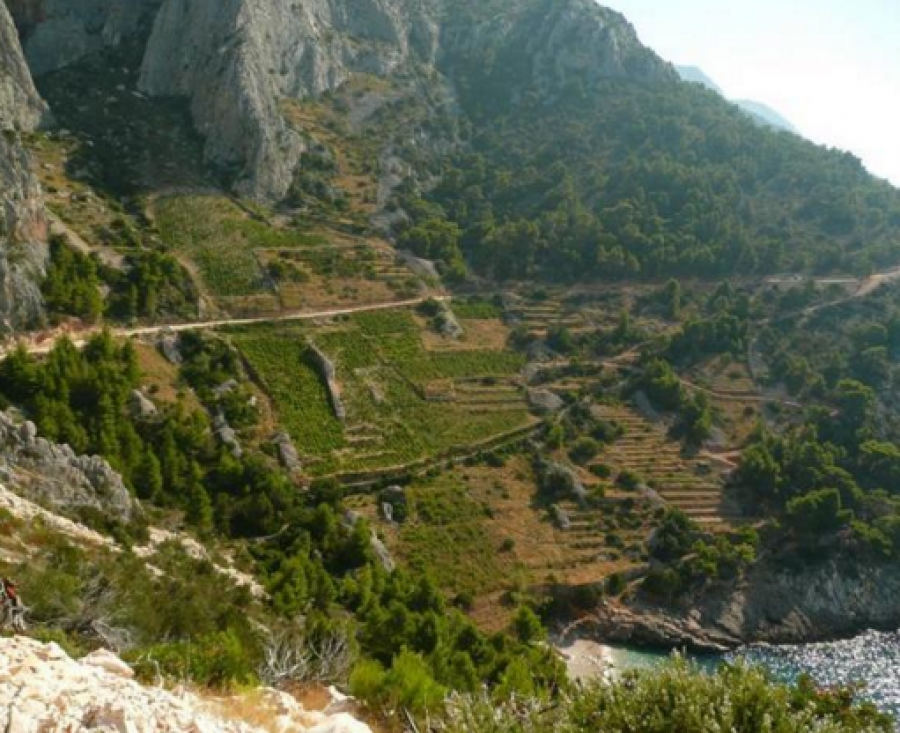
Hvar offers some fantastic wine-tasting experiences, and the most comprehensive offer can be found via the excellent Hvar Wine Tours. Their knowledgeable local guides and excellent personal relationships with the main winemakers combine to offer a really fun and educational addition to your Hvar holiday. And some of the Hvar winetasting experiences are spectacular, including the underwater winery of Zlatan Otok, the idyllic canalside setting of Caric in Vrboska, the intimate candlelist wine and olive oil experience of Dubokovic’s cellar, Miki Bratanic’s konoba in Vrbanj, which is now a protected cultural monument, and perhaps the most popular of all, the Romanesque cellars of Andro Tomic in Jelsa, where his and her togas are optional,
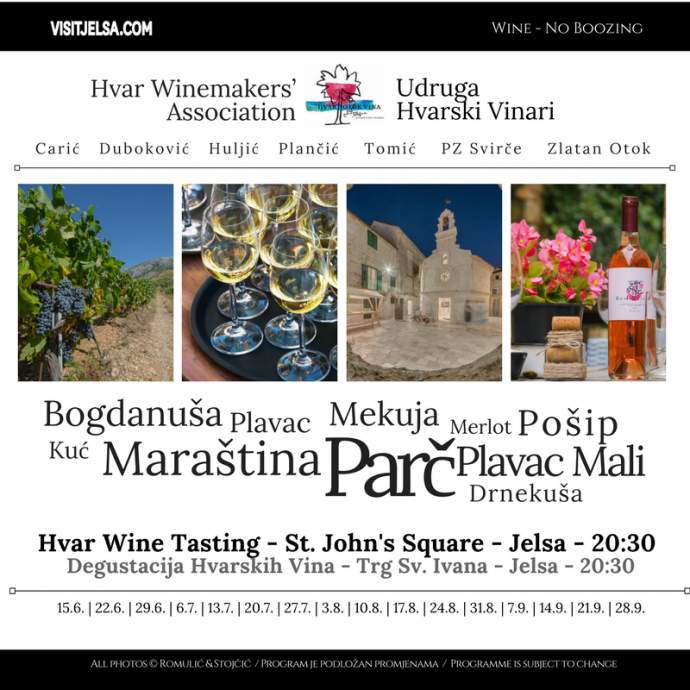
The Hvar Wine Association was formed in 2010 and has done a great job promoting the wine story on the island. They hold regular tastings on pretty Dalmatian squares all over the island, wonderful evenings of wine, music and tradition. Here was one of my favourite in Vrboska a few years ago.
Hvar also has some rather unusual wine drinking traditions. Never had red wine and goat milk? A drink called ‘bikla’ and part of Dalmatian tradition – it was also served to kids, and my father-in-law had his first glass at the tender age of five. And if you are looking to boost the immune system, nothing apparently beats a glass of Prosek dessert wine with a raw egg in it…
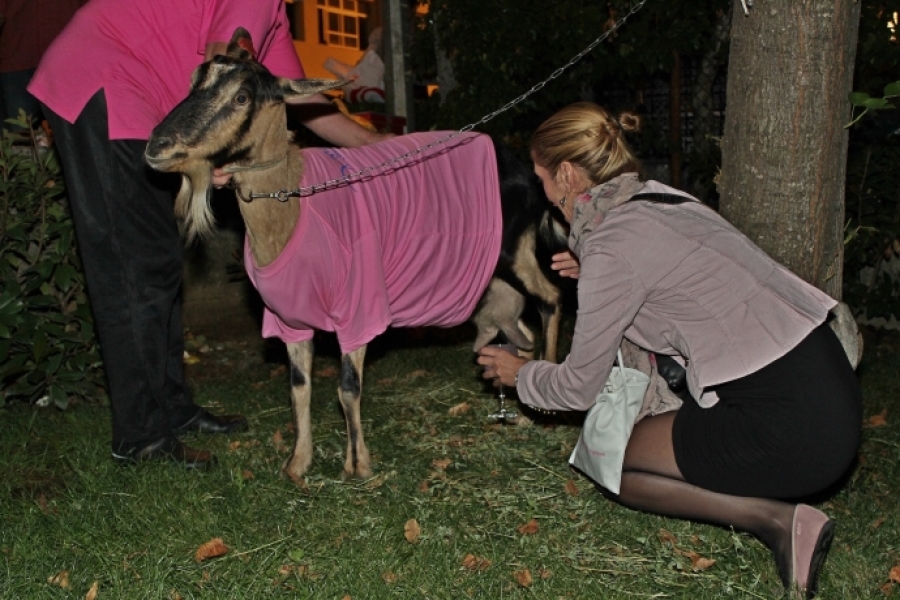
Fantastic wines, fantastic tasting experiences, fantastic winemakers. Hvar wine, just one aspect of the Croatian island that has it all. You can start voting tomorrow on European Best Destinations, and tomorrow will bring a look at the island of Hvar – UNESCO Heritage.

